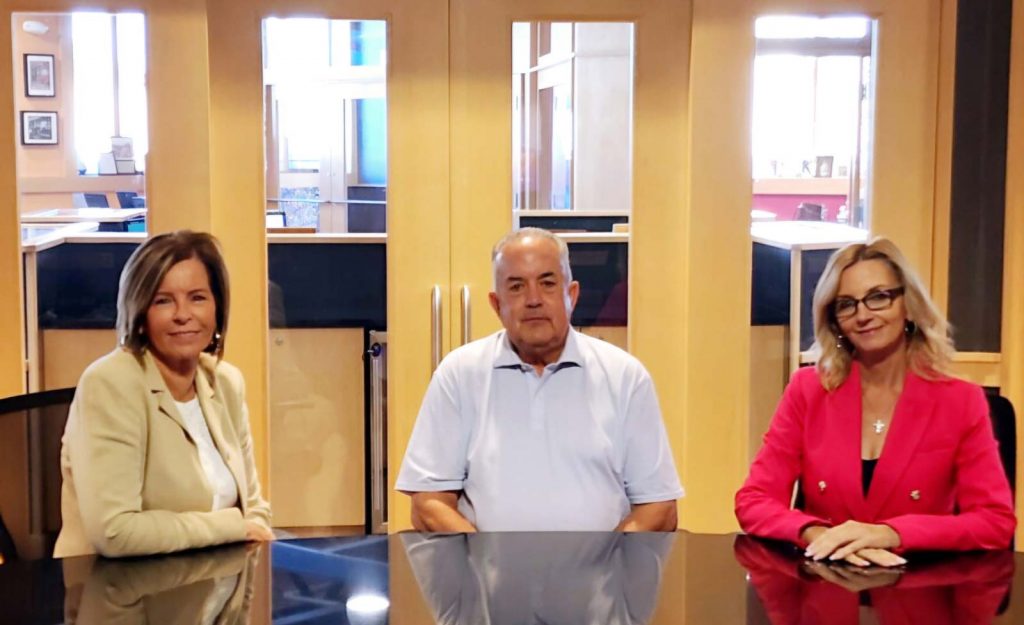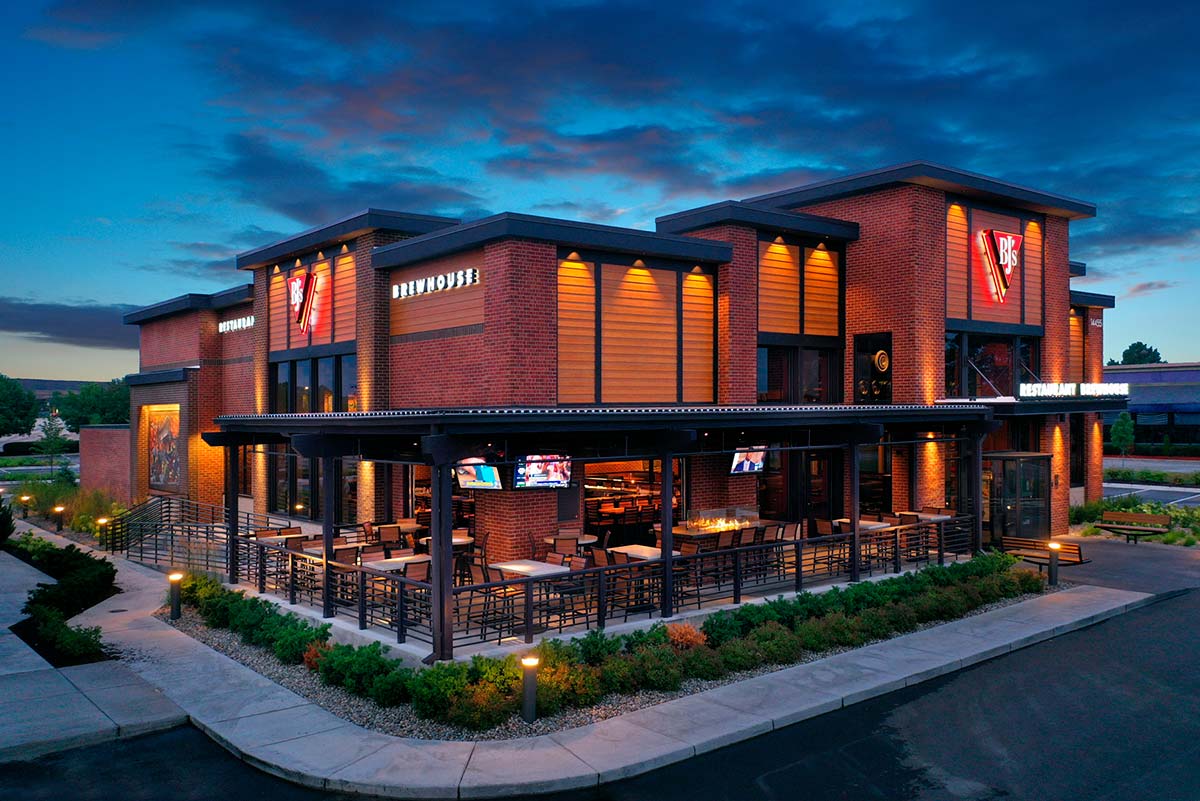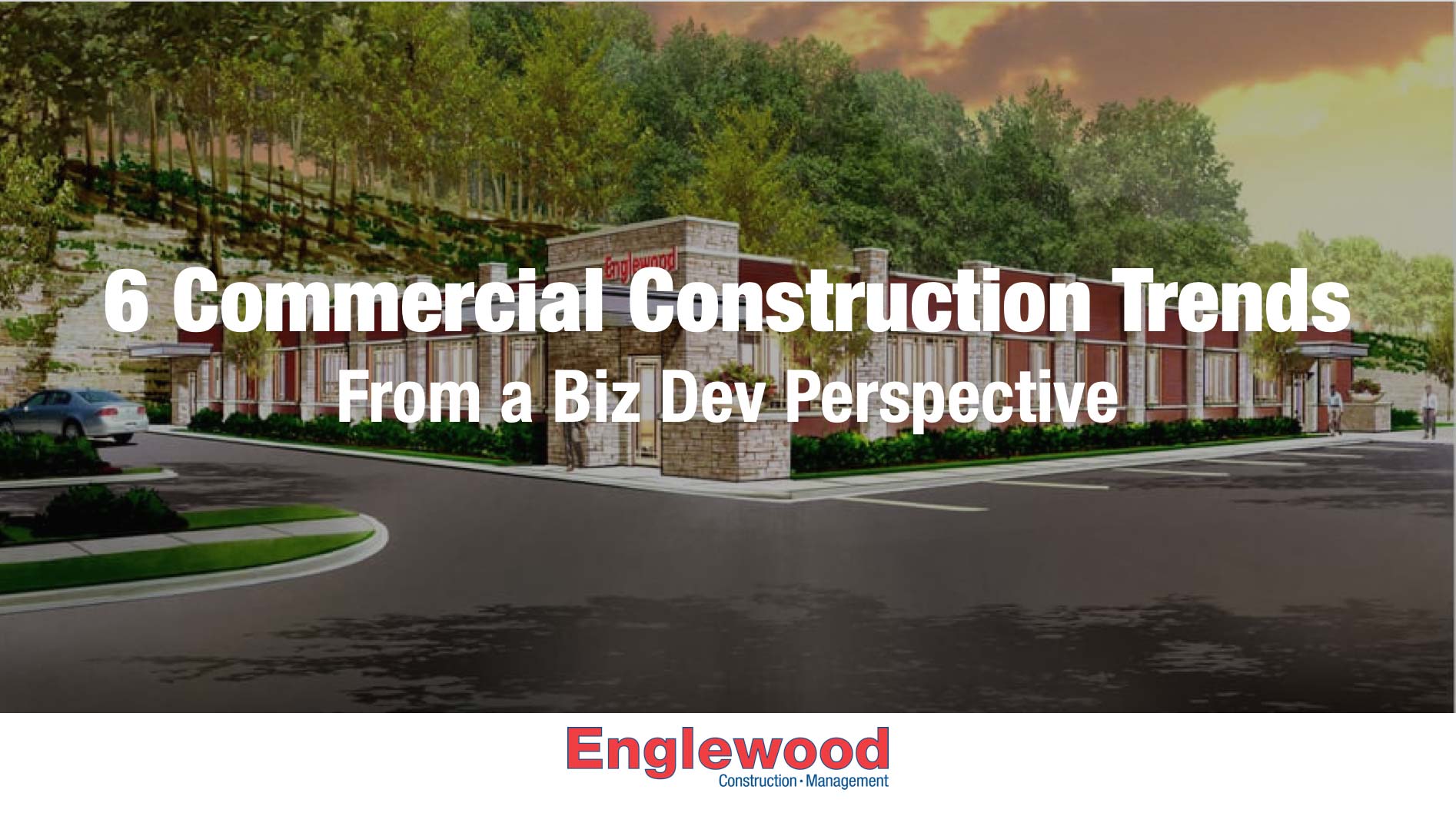6 Commercial Construction Trends: A Biz Dev Perspective
As a National General Contractor, Englewood has a front-row seat to the opportunities and challenges facing the commercial construction industry.
I recently sat down with Kim Sawyer and Tina McGrath, two of our experienced Business Development team leaders, to gain their perspective on what they’ve learned from talking to our existing and potential retail, restaurants, automotive, senior housing, and hospitality clients.

Here are several observations they shared with me:
-
Retail: Smaller Footprints
National retailers, especially big-box discount retailers and big department stores, are downsizing their footprints for various strategic and practical reasons in response to evolving consumer behavior, market dynamics, and operational costs. Many of these factors are well-documented. So, whether they are creating new space or dividing existing space into more compact spaces, it is about right-sizing for the market.By reducing store size, retailers can streamline their product offerings, focusing on high-demand items rather than stocking a large and diverse range of products. Plus, advances in supply chain management allow retailers to restock items quickly, reducing the need for large storage areas within storeBy downsizing, retailers can optimize their operations, adapt to modern shopping preferences, and increase profitability in a rapidly changing retail landscape -
Open Remodels and Refreshes
Trends in commercial construction remodel and refreshes are evolving rapidly as businesses aim to stay relevant, adapt to new market demands, and create appealing spaces for customers and employees.In the retail, hospitality, and service sectors, experiential remodels are focused on enhancing the customer experience by creating immersive, visually engaging environments that encourage interaction and brand loyalty.|Retail spaces are being remodeled into showrooms, where customers can experience products in person but complete their purchases online. This trend is popular in furniture, automotive, and tech sectors.Remodels often include improved signage, intuitive layouts, and user-centered design elements that enhance the visitor experience, particularly in large or complex commercial spaces like hospitals, malls, and office complexes.Adaptive reuse is another popular trend. Instead of demolishing old buildings, many commercial remodels focus on the adaptive reuse of historic or outdated structures. This approach preserves cultural heritage while modernizing spaces for current use. Buildings that were once industrial warehouses or outdated malls are being repurposed into modern offices, retail spaces, or mixed-use developments, reflecting a sustainable approach to urban development.
-
Programmatic Building
The benefits of programmatic commercial construction are speed, cost efficiency, quality control, and consistency. This helps reduce costs and material waste through precise calculations.The majority of our clients are national or regional companies that have multiple locations. Englewood has gained our clients’ trust and confidence by understanding their expectations and replicating them across the country that meet their standards each and every time.
For example, our client BJ Brewhouse (owned by BJ’s Restaurant LLC, headquartered in Hunting Beach, CA) is rapidly expanding its national footprint to new trade areas. Over a six-year period, we have built out several new restaurant locations in the Midwest, including Chicagoland and Detroit.As they move into new markets, it is especially important to duplicate successful projects. Our client expects us to understand their brand standards and translate them locally with local subcontractors, codes, and other factors.
While many of the elements of programmatic construction are very repeatable, you must also understand various departments may have different code requirements in different municipalities. Chicago has more complex electrical requirements than most municipalities, while California and its seismic requirements are quite different from most areas around the country and Florida has strict hurricane codes. Another example is how one fire protection district and its ISO rating for insurance may differ from others, impacting everything from construction material type to glazing requirements, affecting cost and schedule.
And, of course, the desire to use union vs open shop labor can dramatically influence costs and timelines.
Understanding all these requirements before you begin will save you time and money. It is something we have done time and time again.
-
Proforma is Getting More Scrutiny
Economic conditions, such as interest rates, supply chain and material costs, labor costs, policies and regulations, and market demand, and their impact on Proforma have given both developers and tenants pause in closing deals.Developers and landowners have been proceeding cautiously in how these deals are assembled. From a brand perspective, especially for large national tenants, factors like employee wages, customer demand, and other local market conditions contribute to deciding whether or not they will sign a new lease deal in a given location. -
Client’s Expectations are Changing
In today’s competitive landscape, there is little margin for error when starting a new project. More than ever, clients are hyper-focused on mitigating their risks.The three questions our team gets the most when we work with a new client are:
Do you have the ability, experience, and resources to do the job?
Are you financially stable?
Will you be committed from start to finish?
Just answering yes to all these questions is not enough. Clients expect more.
To win a project, it is critical to go beyond your proven track record and prove your team is up for the job… going forward.
That’s why our Englewood team is prepared with all the documentation the client needs to give them confidence that they are picking the right GC.
And even after you are already approved and have successfully completed a project, we understand we have to build confidence within their system, one construction project manager at a time.
-
The Role of Business Development: Facilitation
Building a strong new client relationship is all about building confidence.Among the many things I’ve learned from Kim and Tina, one sticks out the most: A business dev team must go beyond the idea of “selling” and truly be a successful facilitator who helps manage the process from start to finish.That starts with our Business Development team establishing expectations from the get-go, being very transparent, spending the time it takes to understand the operational nature of a client’s business, and getting a feel for the team and their needs. We need to work in a way that mirrors their organization, not vice versa.Our clients increasingly engage our team early in the design process. By bringing in our project manager in the relationship-building process with new clients, we are able to offer valuable input during the planning and design stages to reduce costs and streamline the project. This reduces conflicts and improves efficiency. A win-win.
Want to talk about your next project? Reach out to us here.




